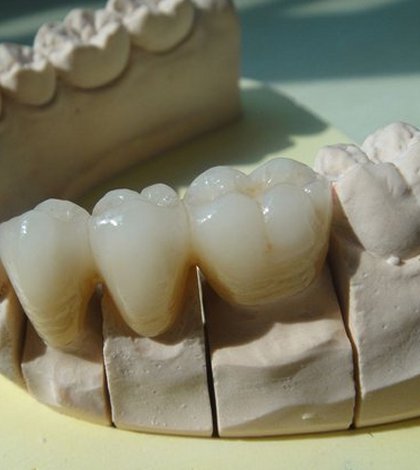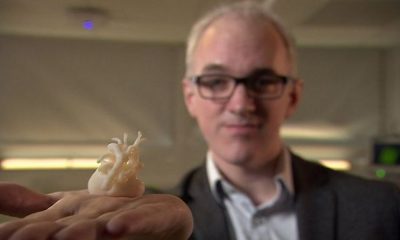A dental crown is tooth-like structure (cap) that is placed on top of a ‘repaired’ tooth to restore it to its original shape, size, strength, color, appearance and function.
A crown protects and strengthens tooth structure that cannot be restored with fillings or other types of restorations. Once a dental crown is placed, the entire tooth surface is restored it to its desired original shape, size, color, and appearance.
When the tooth decay or damage is large and extensive, a fully covering porcelain crown or a gold crown can restore the tooth to its original shape and function.
A dental crown can be made from different types of materials such as
– metals (mostly stainless steel or gold)
– resin
– porcelain
– ceramic
– a combination of some of the above materials
A dental crown is placed temporarily or permanently depending on the purpose of its placement.
A permanent dental crown is highly durable and will last many years, but like most dental restorations, it may eventually need to be replaced. With proper care and routine dental check up a crown may last many years, giving the patient a beautiful long-lasting smile. A dental crown is placed to:
– Restore broken or fractured teeth
– Enhance the cosmetic appearance
– Repair and restore decayed teeth
– Repair and restore fractured fillings
– Replace large and defective fillings
– Restore the tooth that has a root canal
How is a Crown done?
A crown procedure usually requires two appointments:
The first appointment will include taking several highly accurate molds (or impressions) that will be used to create patient’s custom crown. A mold will also be used to create a temporary crown which will stay on patient’s tooth for approximately two weeks until his/her new crown is fabricated by a dental laboratory.
While the tooth is numb, the dentist will prepare the tooth by removing any decay and shaping the surface to properly fit the crown. Once these details are accomplished, patient’s temporary crown is placed with temporary cement and his/her bite is checked to ensure he/she is biting properly.
During the second appointment, patient’s temporary crown will be removed, the tooth will be cleaned, and his/her new permanent crown will be carefully placed to ensure the spacing and bite are accurate.
The patient will then be given care instructions and encouraged to have regular dental visits to check his/her new crown.





















